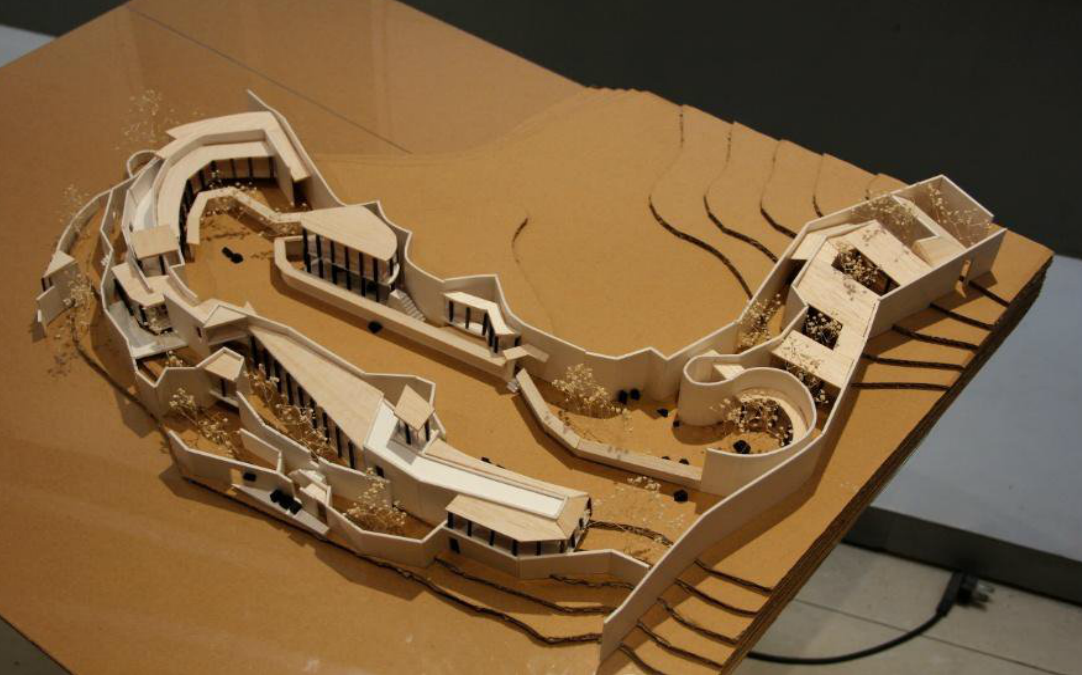URBAN DENSIFICATION & GARDEN INTERNALIZATION 1.0
|
The essence of classical Chinese gardens is Urban Hillwood. The increase of urban density is a prominent factor regarding the internalization of classical Chinese gardens. From urban development perspective, this thesis investigates the strategy and methodology in garden designs from the Song Dynasty to Ming and Qing Dynasty, and contributes to the designs of contemporarily high-density urban landscape and architectural environment. WHAT? From the perspective of urbanization, this thesis analyzes the evolution process of internalization of the classic Chinese gardens and dissects the essence of design method by mapping methodology. In contemporarily high-density urbanization environment, this thesis explores how to utilize the methodology of classical Chinese gardens in designs of urban landscapes and architecture, and transfers the methodology of internalization of gardens to a contemporarily intensive design strategy. Output of this design will be a high-density urban space, composite landscape, and architectural element. Site of this design has not decided, and the size will be around 40,000 km2. The site should possess following characteristics: 1. A urban high-density place; 2. Not too long; 3. Has open and closed urban interfaces; 4. Has various heights of surrounding buildings and directions of pedestrians; 5. A waterfront place is preferable. In such a site with multiple restrictions, this design concentrates on investigating typical methodologies of gardens such as main feature and secondary feature, obstructive scenery and upgraded scenery, actual view and virtual view, vista line and framed scenery, front view and background, top-down view and bottom-up view, existent scenery and borrowed scenery, and seasonally generated sceneries. Incorporating these methodologies in various dimensions, this design collaborates the site elements from simple to complex and compares superior or inferior of outcomes, and further converts the sophisticated plan to an integrated urban space design and thus to exhibit a coordinate relation between environment of site and high-density urban space. WHY? Evolution of the classical Chinese gardens was closely related to urbanization. Therefore investigating the classical Chinese gardens from urban perspective is crucial to activate the thoughts of classical gardens at present. High density brought by urbanization is a main characteristic of Northeast Asia cities. Internalization feature of gardens has great potentials in coordinating the relation between modern urban landscape and high-density cities. Before the Song Dynasty, urbanization level was low in China, and classical gardens were more unrestricted in land-use. With the start of urbanization of Ancient China in Song Dynasty, classical gardens exhibited internalized characteristic and were more enclosed in land-use such as the Canglang Pavilion built in North Song Dynasty. In Ming and Qing Dynasties, urbanization levels were relatively high, due to urban subdivision, gardens’ land-uses were highly internalized that exhibited greatly inherent complexity and highly integrated with cities, like the Humble Administrator’s Garden and Lingering Garden built in Ming Dynasty and the Master of Nets Garden built in Qing Dynasty. Theory of gardens had climaxed at that time. Many contemporary Chinese architects evolved and extended the vocabulary of gardens and utilized them in contemporary built environment, for example, Fangta Garden by FENG Jizhong, Xiangshan Campus of China Academy of Art by WANG Shu, Garden of Red Brick by DONG Yugan, Ru Yuan by GE Ming, and Xijiang Garden No.2 by WANG Xin. This thesis analyzes and studies the vocabulary of gardens from urbanization perspective and investigates the classical gardens’ concept that is highly internalized. Furthermore, this thesis pursues direct dialogue between the thoughts of gardens and the environment of contemporary high-density cities. Such intensive design strategy can help to improve spatial experience in finite space, ameliorate the insipid urban environment, and thus increase the quality of human settlement. HOW? This thesis starts from investigating ancient classical gardens and contemporary gardening works with thoughts of ancient classical gardens, and then utilizes graphic analysis and mapping methodology to visualize the essence of classical gardens. Incorporating the graphic method, this thesis arranges tests for various plans regarding the multi-group of programs preset in the site and compares the superior or inferior of the plans, and explores how to maximize the value of each element in finite space. Step 01: Confirmation of the site; Classical program site investigations and materials collections; Reading relevant studies (Due 17 Dec.)
|
